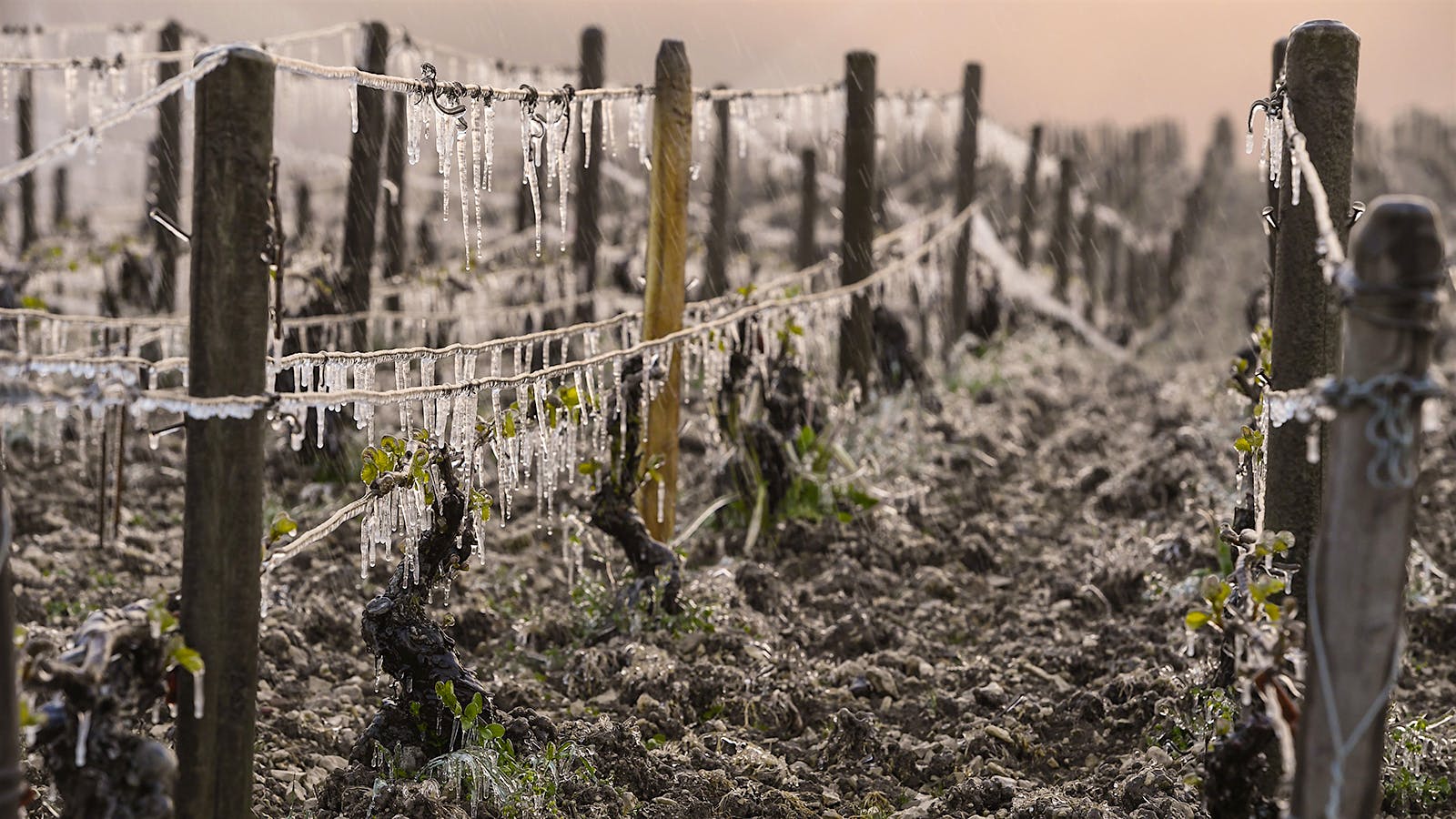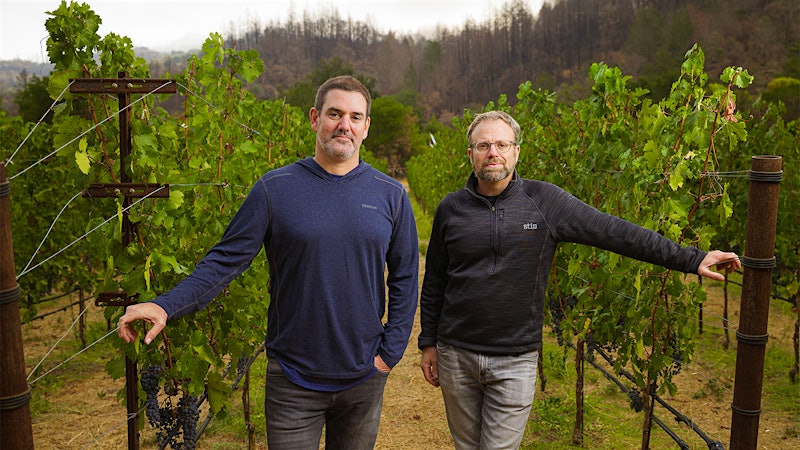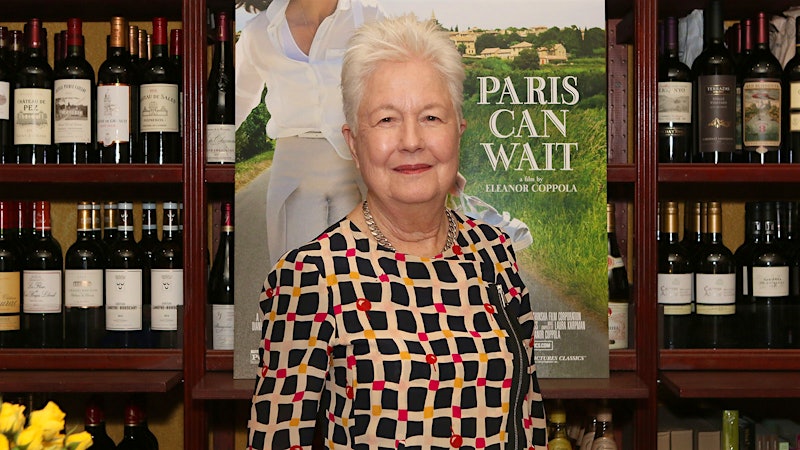For more on 2017 frost damage in France, see Wine Spectator's updated report, "French Winemakers Weathering Worst Frost in 25 Years."
By 6:30 a.m. this past Thursday, the temperature had dropped below 27° F in Montlouis, in the heart of France’s Loire Valley. The sun was just coming up, but it was hardly quiet. A fleet of seven helicopters was hovering over vineyards, using their rotors to lift frigid air from ground level and push down warmer air from above. The pilots based their flight patterns on a GPS signal linked to temperature sensors placed among the vines. Their sortie raised temperatures less than 3°, but it was enough to protect almost two-thirds of the appellation’s vines from a devastating frost.
Across France and Northern Italy, winegrowers have been employing candles, sprinklers, wind turbines and even helicopters to save their crops. Last week a cold snap from the north swept through many parts of France and northern Italy, killing young buds just emerging from vines. It is the second straight year of devastating frosts for some regions. And while the extent of the damage will not be known for several days, forecasters are predicting another cold front, accompanied by hail, this week.
Montlouis, an appellation in the Loire Valley that lost 70 percent of its crop to black frost last year, is emblematic of both the risks faced by vintners and the ingenuity they show in battling nature. "Montlouis has lost three of its last five crops," said Guillaume Lapaque, director of the Indre-et-Loire and Sarthe wine federation, which represents 600 vintners.
"The coldest time is 30 minutes to an hour after sunrise," said Jacky Blot, owner of La Taille aux Loups in Montlouis. That’s when the helicopters take flight. They increase temperatures and help dry moisture on the vines. "It's quite clear, we see the mist lift," said Lapaque. "It gives a good result."
Blot lost 75 percent of his crop last year. He estimates the helicopters cost him $220 to protect 1 hectare, or 2.47 acres, whereas hundreds of candles that heat the vineyard run $2,170 and up per hectare.
Blot took the extra precaution of buying three portable, foldable wind turbines, which he programs to turn on when the temperatures hit 35° F. At a cost of $32,500 per turbine, the investment is significant. But climate change has been triggering earlier budbreak in the region, which increases the period of vulnerability for the plants.
"This year the plants were 15 days in advance," said Blot. "It's impossible to protect the entire vineyard. This year, as of today, I lost maybe 10 percent of the crop." Better than last year, but still a critical loss.
To the east and north, Burgundy and Champagne also reported heavy damage, but growers were focusing on trying to combat the incoming cold front before they sent detailed damage reports. To the southwest, the Gironde Chamber of Agriculture reported frost damage in the greater Bordeaux region, including the southern Médoc, sections of St.-Emilion and Lalande-de-Pomerol, Bergerac, and the area around Blaye.
Of course, climate change means different things to different wine regions. And far south in the Languedoc, frosts are so rare that this past week's episode is the first major frost since 1998. "Climate change has brought us warmer springs and fewer cold episodes," said Jérôme Villaret, director of the Languedoc wine council.
For this reason, winegrowers don't normally invest in anti-frost protection. "The growers prune in such a way to protect the vine, waiting until as late as possible to prune and getting rid of the grass, but this year it wasn't enough," said Villaret.
Northern Italy Hit by Frost and Hail
On April 15, a violent storm swept through the Langhe area of Piedmont in the late afternoon. Moving swiftly from the northeast, it dumped heavy rain from Monferrato to Dogliani, as well as hail.
Because the vines were about two weeks in advance of the normal vegetative cycle, the shoots were already well-developed. The most damage occurred to vineyards in Neive, part of Barbaresco, but there were reports of minor damages in other communes as well.
“It’s [too] early to talk about percentages, but in Serraboella [vineyard] it is between 90 and 95 percent,” said Claudia Cigliuti of Fratelli Cigliuti in Neive. “Unfortunately our vineyards are all close together and when a storm like that arrives it destroys everything.” Cigliuti also reported that the damage in Vie Erte in Bricco di Neive was 40 to 50 percent.
Hail is particularly menacing to Nebbiolo, because the variety’s secondary buds don’t produce any fruit. Other grape varieties like Dolcetto or Barbera can develop new clusters from the second buds, which can still emerge during the growing season.
If the hail wasn’t bad enough, temperatures dropped below freezing during the same three nights that tormented French growers. Frost killed buds in lower-lying vineyards. A quick survey by the Consorzio di Tutela del Barolo, Barbaresco, Alba, Langhe e Dogliani estimated the damage from the frost at 20 percent, according to president Orlando Pecchenino.
In an unusual circumstance, vineyards at higher elevations, usually unsusceptible to frost, were affected too. Pietro Ratti, owner of Renato Ratti in La Morra reported damage in his vineyards, both those at low elevations and some much higher on the slope.
“Not just the bottom of the valleys or northern exposures were frozen,” he explained. “Cold breezes came up along calanchi (ravines) to higher altitude, well-exposed vineyards. I personally had some rows of Langhe Nebbiolo vineyards up in La Morra at 1,320 feet frozen because they were enclosed in narrow valleys.”
Further north, in the Novarese hills, where the vineyards of Gattinara, Ghemme and other regions are located, Lorella Zoppis Antoniolo reported some wind damage to one of Antoniolo’s Gattinara crus, but nothing from frost. However, closer to Novara, she said friends reported losses of 40 to 60 percent.
While the damage varies across France and Italy, the winegrowers share a common fear—losing their hard-won clients abroad if they don't have enough wine supply. "What worries us the most is that we might lose our markets," said Lapaque in the Loire. “We fight to get export clients, but if we can't supply them, they'll go elsewhere. The competition is global.”












